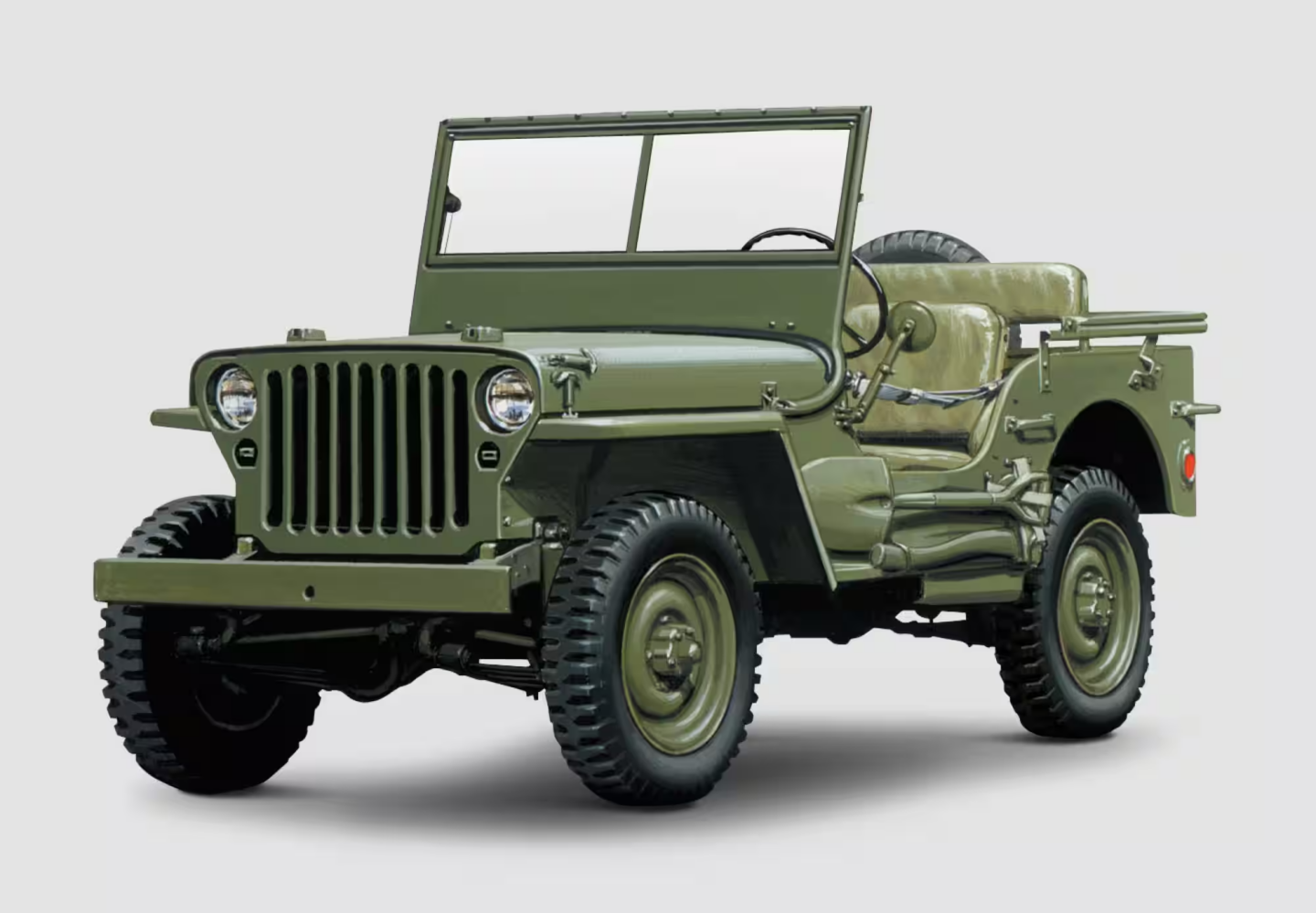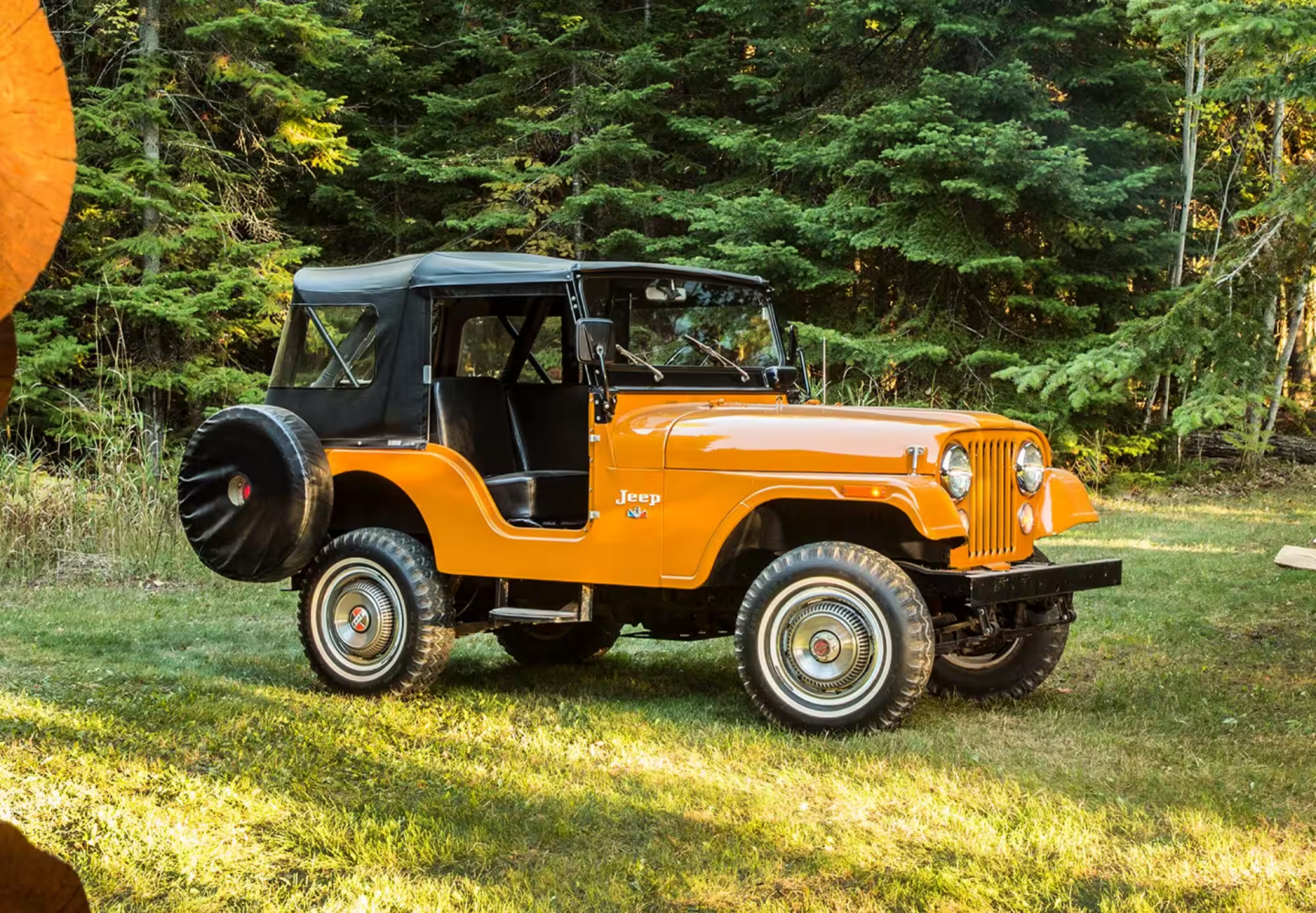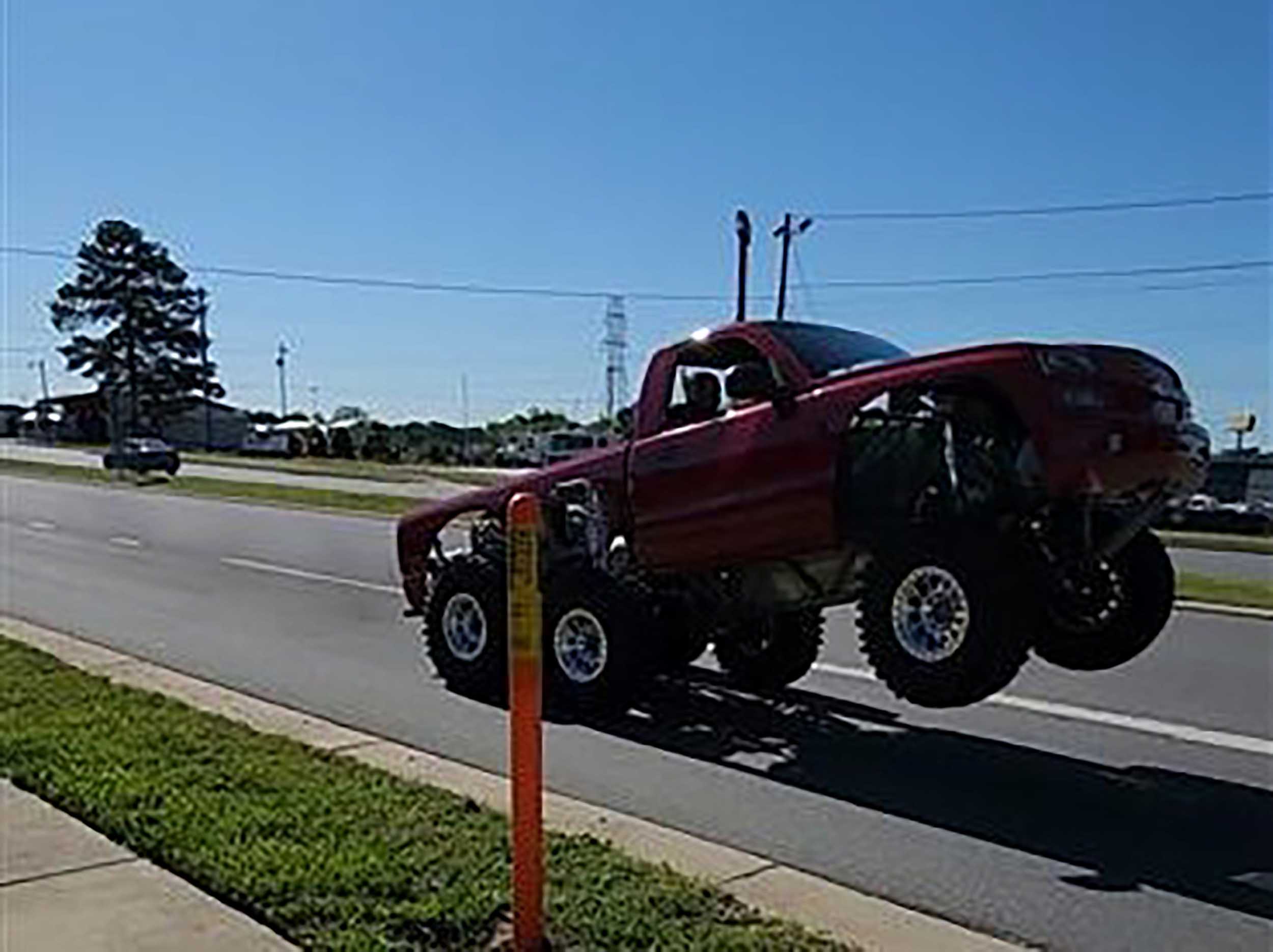Jeep has been one of America’s favorite off-road manufacturers for a long time. These vehicles are rugged and can traverse even the roughest terrain, but where did it all begin? In the Jeep history books, it all started as easily transportable, do-it-all military transport but evolved into an off-road icon after the last great war. Here’s how these machines have changed to become the vehicles we love today.
1940 Willys Quad
Before the brand became Jeep, it was Willys-Overland. In 1940, the United States military began preparing for war if the European and Pacific conflicts drew them in. The Army solicited bids from over 100 automakers to produce a lightweight vehicle the armed forces could use for observation.
Willys-Overland collaborated with Ford and Bantam to create the first edition of the Jeep. The prototype was a quad with a 4×4 system, and Willys handed the machine to the Army in November 1940. The researchers needed less than three months to develop this landmark vehicle.
1941 Willys MA
By 1941, the Army let Willys-Overland be the sole producer of its fleet. The manufacturer improved its previous year’s quad by introducing Military Model A (MA). This new machine had 60 horsepower and 105 pound-feet of torque with a 134 compression ignition straight-four engine.
It wasn’t the most powerful machine, but it was uniquely versatile and a great step in the right direction. Willys-Overland made significant progress toward combat-ready vehicles, but the MA was too heavy for the military. The Army requested a lighter vehicle weighing around 2,160 pounds, and it got a lot closer with Model B (MB).
1941 Willys MB
In 1941, the U.S. still wasn’t officially involved in World War II — and wouldn’t be until December of that year. Until then, the Americans used the lend-lease program to help allies like Great Britain. During that time, Willys improved the Jeep once again by producing the MB, which became the vehicle of choice for military commanders.
General George C. Marshall, who later pioneered the Marshall Plan, said Jeeps’ 4×4 was America’s greatest contribution to the war effort. Service members lauded the MB for its toughness despite adverse conditions. These machines could be fitted with mounted machine guns, helping evolve war vehicles from transportation to combat.
The MBs were small, with 54 horsepower at 4,000 rpm and reaching a weight as low as 2,450 pounds. They didn’t quite reach the Army’s request of 2,160 pounds, but at under a quarter ton, they were more than serviceable.
In 2016, Jeep produced a Wrangler replicating the MB for the vehicle’s 75th anniversary. It was built in Jeep’s Toledo, Ohio, facility — the same place it made MBs for the war.
1945 Jeep CJ
The Allies became confident in the war’s outcome in 1944, believing they would eventually overtake Germany, Japan and Italy. Their increased certainty led to Willys-Overland researching how to bring Jeeps to the civilian market. In 1945, the manufacturer unveiled the Civilian Jeep (CJ).
CJ-1 featured many of the same components as the MB. However, Jeep removed the military features, such as the mounted machine gun. Jeep didn’t build many CJ-1s, but the CJ-2A set the tone for civilian offroading.
1945 Jeep CJ-2A
The CJ-2A was Willys’ first mass-produced Jeep, with production lasting between 1945 and 1949. Willys distinguished the CJ-2A from the MB and CJ-1 by adding a tailgate and installing a mounted spare tire on the side. It was pretty bare-bones and stripped down, but it was one of the best 4×4 vehicle options for the time.
The CJ-2A remains popular among Jeep fans because of its classic design and off-roading potential. Dedicated collectors still buy CJ-2s and retrofit them for off-roading. For example, Mike Hallmark modded a 1948 Jeep CJ-2A and takes his vintage vehicles to SEMA shows and off-road trails.
1955 Jeep CJ-5
Back in the early 1950s, the U.S. became involved in another conflict — the Korean War. This time, the military was better prepared and equipped with the M-38A1, which led to the CJ-5.
Kaiser merged with Willys-Overland, initially under the name Willys Motors, and would produce the CJ-5 for nearly 30 years. The CJ-5 was bigger, better, faster, and stronger than its predecessors. Willys Motors made the Jeep more comfortable by improving its seating and off-road capabilities with better transmissions and axles. The CJ-5 was the first modern-era Jeep with its 5.0-liter V-8 engine and a stretched wheelbase.
1976 Jeep CJ-7
The CJ-5 and CJ-6 remained popular throughout the ‘50s, ‘60s, and into the ‘70s. In 1976, Jeep unveiled the next generation of vehicles with the CJ-7. This machine marked the first time Jeep vehicles had an automatic transmission due to the longer wheelbase. Plus, the CJ-7 had square door openings instead of the rounded panels.
The CJ-7 became popular for off-road recreation after Mark Smith, the father of modern four-wheeling and Jeep Jamboree USA, drove from the southern tip of Chile to Alaska in 1978. Smith’s entourage of 13 people survived the four-month trip and drove over 21,000 miles in their Jeep CJ-7s.
1984 Jeep Cherokee XJ
The Jeep Cherokee was the highlight of the 1980s. In 1984, Jeep began producing the Cherokee XJ due to the rise of compact SUVs in the automobile market. The manufacturer spent over $250 million on the vehicle’s design, but it was worth it when the Cherokee XJ won multiple awards from off-road magazines.
Jeep History: From the Military to Main Street
With Jeep fully focused on and recognized as the leading off-road vehicle platform, the next era of Jeep put the focus on the Jeep Wrangler. In 1986 the Wrangler was introduced in the form of the YJ. This vehicle was a true modernized 4×4 with driver essentials and improved safety and handling.
The Wrangler only got better from there with the Jeep Wrangler TJ in 1996. That model enjoyed a long run for ten years until the Jeep Wrangler JK was introduced. Now, off-road enthusiasts are enjoying the current generation of the Jeep Wrangler JL which began in 2017.
Jeep’s evolution over the years has been fascinating. Willys created these vehicles for military purposes, but they quickly joined the civilian realm. Since the 1950s, they’ve been among the most popular choices for off-road fans worldwide with millions still on the road and off.
?si=-oDiyIfIhSEz6R4D





















